31 - 45 out of 78

Ecology is the study of how living organisms interact with one another and with their environment. In this video, we'll go over a few key terms and principles that will help you understand the basics of ecosystems and the organisms that inhabit them.
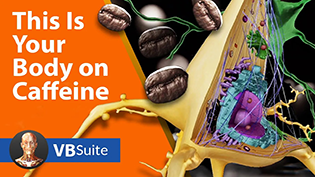
Ever wonder what's going on in your brain (and the rest of your body) when you drink your morning cup of coffee?
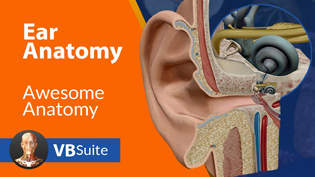
The ear converts sound waves into nerve impulses, and it’s also responsible for our sense of equilibrium and movement.
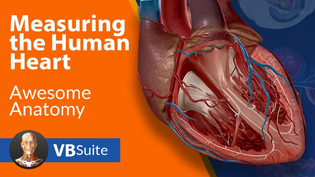
This video will get your heart pumping! Learn about how and why the heart beats, and how to measure blood pressure and cardiac output.

Since we now have our dissectible sea star 3D model in Visible Biology, we wanted to get up close and personal with some live specimens. To do this, we paid a visit to the New England Aquarium to talk with resident aquarist Jordan Baker!
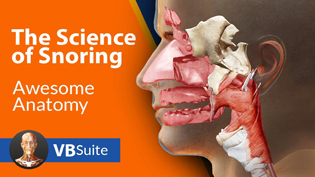
You’ve probably been kept awake at night by the sounds of another person’s snoring — or maybe you’ve been the one keeping other people awake. But what is snoring?
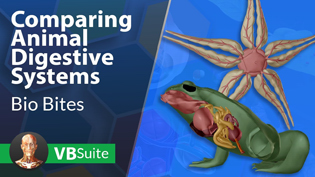
Compare body systems across models of a sea star, earthworm, frog, and pig to compare vertebrate and invertebrate anatomy, trace evolutionary history, and better understand the diversity within the animal kingdom.

The main function of the human reproductive system is to produce gametes, or sex cells, and to carry out the process of sexual reproduction.

Immunity is the body’s defense system against infection and diseases where white blood cells play a key role. Some rush to attack any harmful microbes that invade the body, while other white blood cells become specialized and adapt to fight particular pathogens.

Study neurons and neuroglia in more detail than ever with the new and improved 3D neuron microanatomy model in Visible Body Suite!
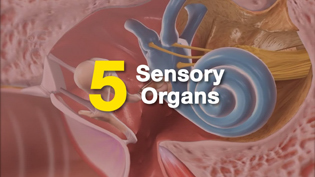
The nervous system must receive and process information about the world outside in order to react, communicate, and keep the body healthy and safe. Much of this information comes through the sensory organs: the eyes, ears, nose, tongue, and skin.
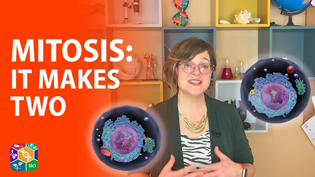
In this video, Dr. Harley explains the phases of the cell cycle, including mitosis, which is a type of cellular division that creates two identical cells from one.
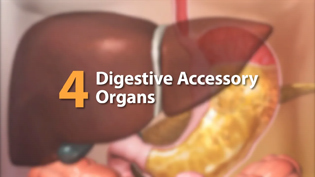
The salivary glands, liver and gall bladder, and the pancreas aid the processes of ingestion, digestion, and absorption.
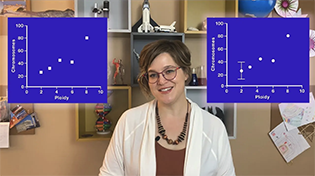
Now that you know how to interpret simple data on a graph, let's look at some more complex graphs, like bell curves, and discuss how error bars can help tell a truncated story.
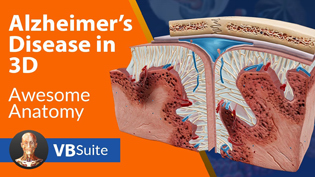
Alzheimer’s Disease is a neurodegenerative condition that impairs memory and cognitive functioning, affecting around 5.5 million Americans, and is the 6th leading cause of death in the US.
When you select "Subscribe" you will start receiving our email newsletter. Use the links at the bottom of any email to manage the type of emails you receive or to unsubscribe. See our privacy policy for additional details.
©2025 Visible Body, a division of Cengage Learning